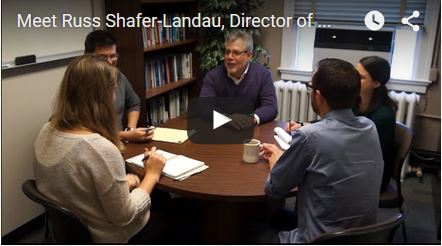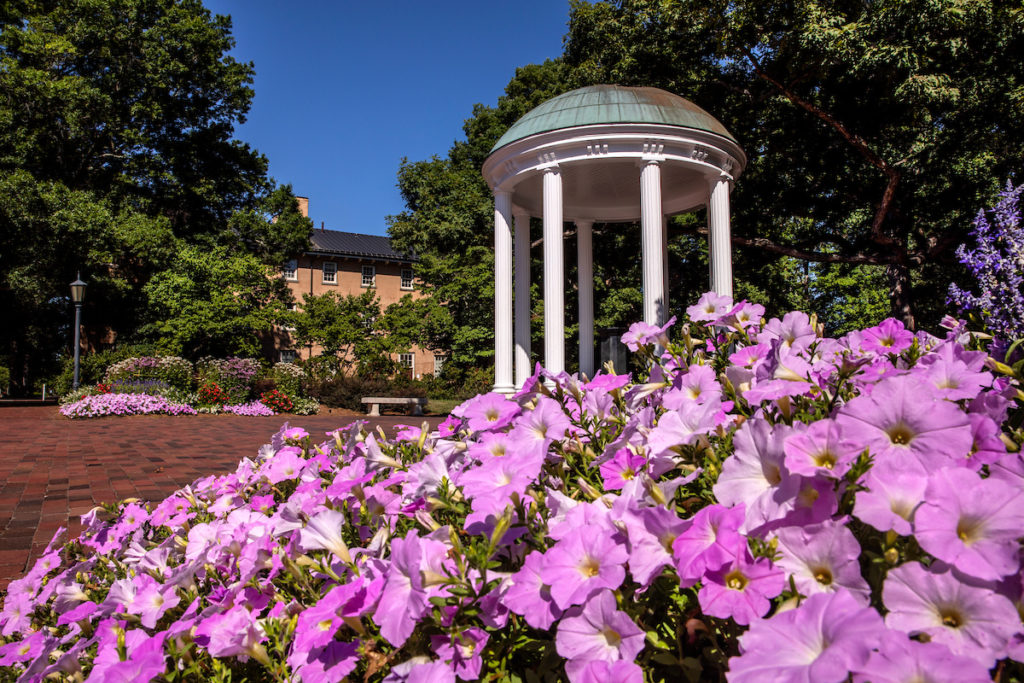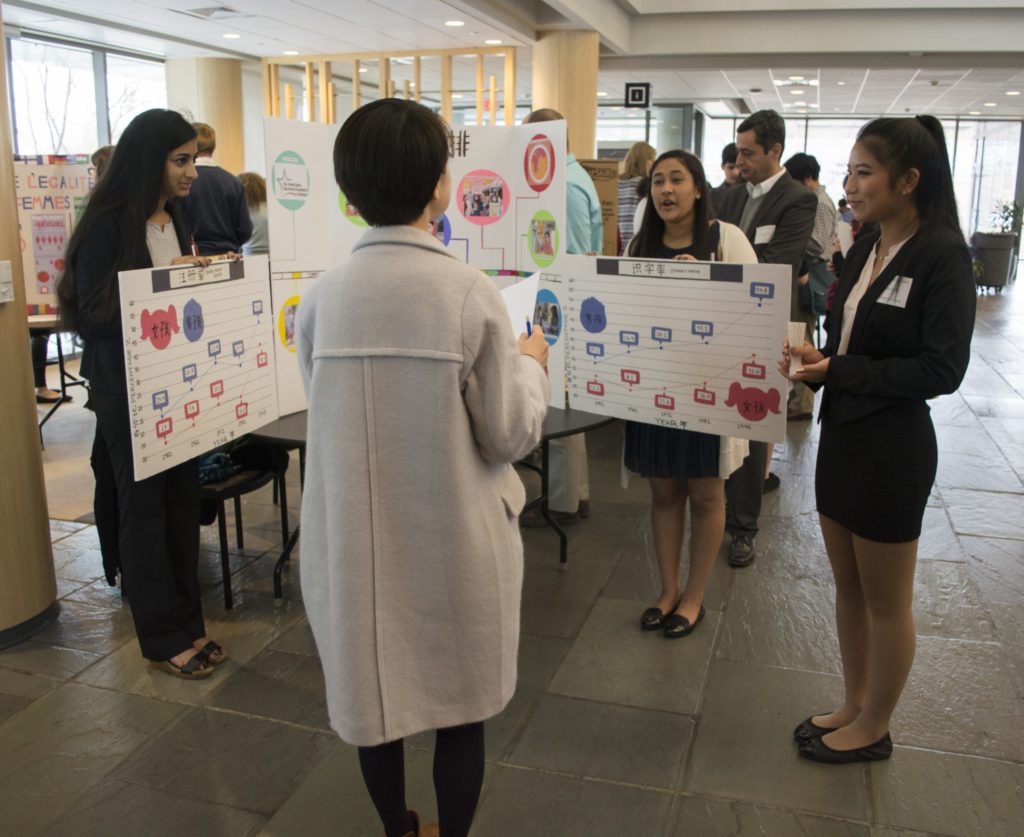
A serendipitous photo Rachel Willis took in the London `Docklands in January 2012 led to a once-in-a-lifetime trip to the Panama Canal Third Lock Construction project this summer and her assignment to take thousands of digital images.
She arrived there in July to serve as the official photographer on the last technical tour of the $5.25 billion expansion. The construction began in 2008 and is set for completion in 2015, doubling the canal’s capacity for the global shipping industry.
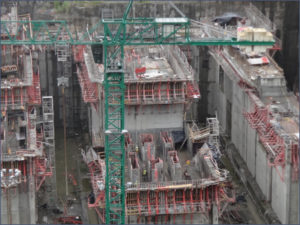
Willis, who traveled with the Young Professionals of the World Association for Water-borne Transport Infrastructure, said, “I was the only person over the age of 40, and not a maritime engineer, hydrologist or even a port planner.”
But she was completely at home with the infrastructure construction, which dovetailed perfectly with her 2013–14 Global Research Institute fellowship on sustainable water transport planning.
Researching the details of her photo of the Docklands Museum exhibit, Willis learned that in 1885, shortly after the opening of the Suez Canal and as the Panama Canal was being planned, the first global organization was formed with four member nations. It met to advise on standards for canals, rivers and ports.
Known by various names, the Permanent International Association of Navigational Congresses (PIANC) still provides a modern Internet address for this nonprofit group. PIANC meets to recommend specifications for navigable waterway traffic on canals, rivers and in ports.
Willis discovered the PIANC learning opportunity in Panama, explained her research to the under-40 group and offered her services as a photographer.
“PIANC wanted to make sure the docks, ports, canals and bridges were big enough for ocean-going vessels of the day,” Willis said. “Those same concerns are even more urgent today because of increasing ship sizes and rising sea levels.”
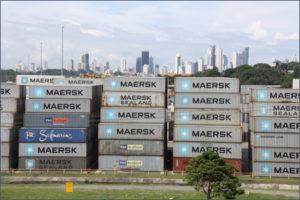
Half of the world’s container ships are already too large to fit through the canal that dates back to 1914, Willis said, and new container ships continue to be built ever bigger.
Willis’ photos documented the construction of the Third Locks, a project that involves deepening the approach channels in the Pacific and Atlantic oceans, widening and deepening the Culebra Cut, constructing new locks on both the Pacific and Atlantic sides, and raising the maximum operating levels at Gatun Lake.
When it was formed in 1913, Gatun Lake was the largest man-made lake in the world, and it remains an essential part of the Panama Canal, providing the millions of gallons of water necessary to operate the locks each time a ship passes through.
In addition to numerous technical presentations, Willis was able to see the Miraflores Locks in operation, travel by boat in the canal to critical dredging sites and experience the training school simulators for ship pilots, visit the shipping terminal at the Port of Balboa, tour construction on both the Atlantic and Pacific sides, cross the Bridge of the Americas and ride the historic Panama Canal Railway.
Her task was not simply to take pictures, but also to understand the bigger picture. As a labor economist in the Department of American Studies, Willis has devoted decades of her career studying manufacturing workers in North Carolina and their ongoing struggle to remain competitive in a global economy.
She is adept at “connecting the dots,” understanding for instance, how a bigger Panama Canal – and the ability to ship goods more cheaply – could translate into expanded opportunities for American workers. But those savings can only be achieved if the bigger ships that use the Panama Canal, “Post-Panamax vessels,” can also pass under bridges that crisscross access to U.S. ports.
In the future, not only will the ships be taller, but sea levels also will be higher, narrowing the passable space under the bridges. That is why Willis is calling for a comprehensive overhaul of transportation infrastructure now.
“Given multiple jurisdictions in most ports, cooperation and collaborative investment are required now to ready this infrastructure,” Willis said.
She also believes the wise use of water and rail transportation will not only save money, but also will help to slow global warming by reducing dependence on carbon-based fuels that contribute to the problem.
It was her proposal to research this topic that helped her win a Chapman Faculty Fellowship for spring 2014 and earn a Global Research Institute (GRI) Fellowship. Water transport relates directly to the GRI 2012–14 theme, “Making Scarce Water Work for All.”
Willis will discuss her “Water Over the Bridge” research during a GRI seminar at noon on Sept. 17 on the 4th floor of the FedEx Global Education Center.

